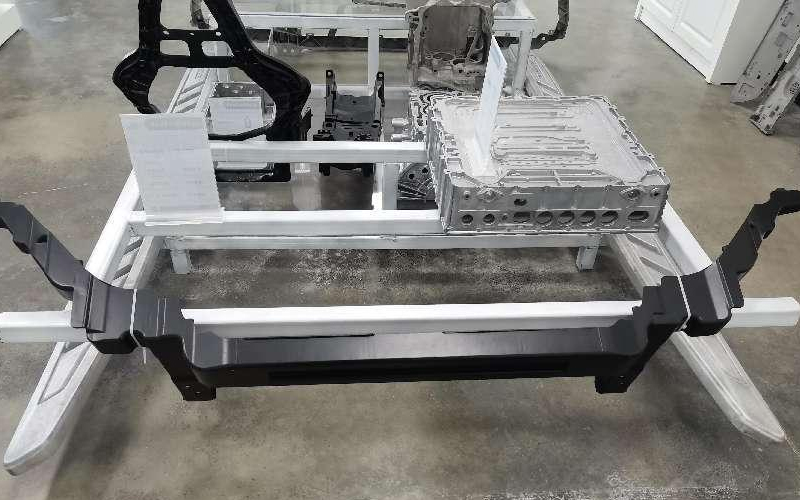Innovation plays a crucial role in driving progress and success. Businesses across industries are constantly seeking ways to stay ahead of the competition and deliver groundbreaking solutions. One effective approach to achieving this is through the creation of aluminum prototypes. These prototypes not only provide a tangible representation of a product but also offer numerous benefits in terms of design, functionality, and cost-effectiveness. In this article, we will delve into the process of creating an aluminum prototype and explore why it is a step towards innovation and excellence.
First and foremost, aluminum is a widely favored material for prototyping due to its exceptional properties. It is lightweight, yet strong and durable, making it suitable for a wide range of applications. Aluminum also boasts excellent thermal and electrical conductivity, allowing for efficient heat dissipation and electrical connections. Its corrosion resistance ensures that prototypes can withstand various environmental conditions, making it an ideal choice for outdoor use. With these characteristics, an aluminum prototype can accurately mimic the final product\’s performance, enhancing the overall design and functionality.
The process of creating an aluminum prototype begins with the design phase. Here, engineers and designers collaborate to develop a detailed blueprint of the product. Advanced computer-aided design (CAD) software facilitates this process by allowing for precise modeling and virtual simulations. This stage enables the identification and rectification of design flaws, ensuring that the final prototype meets performance requirements. CAD also enables the creation of complex geometries and intricate details that might not be feasible with traditional manufacturing methods.
Once the design is finalized, the next step is to translate it into a physical prototype. This is where rapid prototyping techniques come into play. Modern additive manufacturing technologies, such as 3D printing, enable the production of intricate aluminum prototypes with minimal time and cost. Using CAD data, 3D printers can build layer upon layer of molten or powdered aluminum to create a three-dimensional model. This process eliminates the need for expensive tooling and allows for quick iterations and modifications. With the ability to produce prototypes in a matter of hours or days, businesses can accelerate their development cycles and bring products to market faster.
The advantages of aluminum prototypes extend beyond their rapid production. They offer a cost-effective solution for testing and validating designs before committing to mass production. By identifying and rectifying design flaws early on, businesses can avoid costly mistakes and optimize their product’s performance. Aluminum prototypes also enable physical testing for functionality, ergonomics, and user experience. This hands-on approach allows for valuable feedback and insights, leading to product improvements and customer satisfaction.

Aluminum prototypes serve as effective communication tools. They provide stakeholders, including investors and potential customers, with a tangible representation of the product. This allows for better visualization and comprehension of the final design, generating excitement and buy-in. Moreover, aluminum prototypes can be used for marketing and promotional purposes, helping businesses showcase their innovative ideas and capabilities.
Creating an aluminum prototype is a crucial step towards innovation and excellence. It leverages the exceptional properties of aluminum to develop accurate representations of products, enhancing design and functionality. The process involves advanced design techniques, rapid prototyping technologies, and cost-effective testing methods. Aluminum prototypes enable businesses to iterate quickly, identify and rectify design flaws, and accelerate their time to market. They also serve as effective communication tools, generating excitement and support from stakeholders. By embracing aluminum prototyping, businesses can foster innovation, drive excellence, and gain a competitive edge in today\’s dynamic market.
-

- Wholesale Magnesium Alloy Baby Cycle For 3 To 5 Years Old 12 Inch Kids Cycle OEM Cheap
-

- OEM die casting service metal components of macbook middle
-

- Magnesium alloy thixomolding components
-

- High precision magnesium thixomolding components laptop housing cover A
-

- Magnesium alloy die-casting Auto parts controller housing
-

- Magnesium alloy die-casting rigid fork for bike

 0086-750-5616188
0086-750-5616188 +86 13392089688
+86 13392089688 sales@zhongmei-tech.com
sales@zhongmei-tech.com







